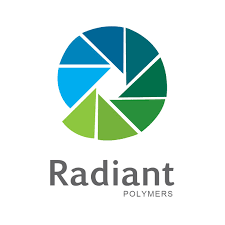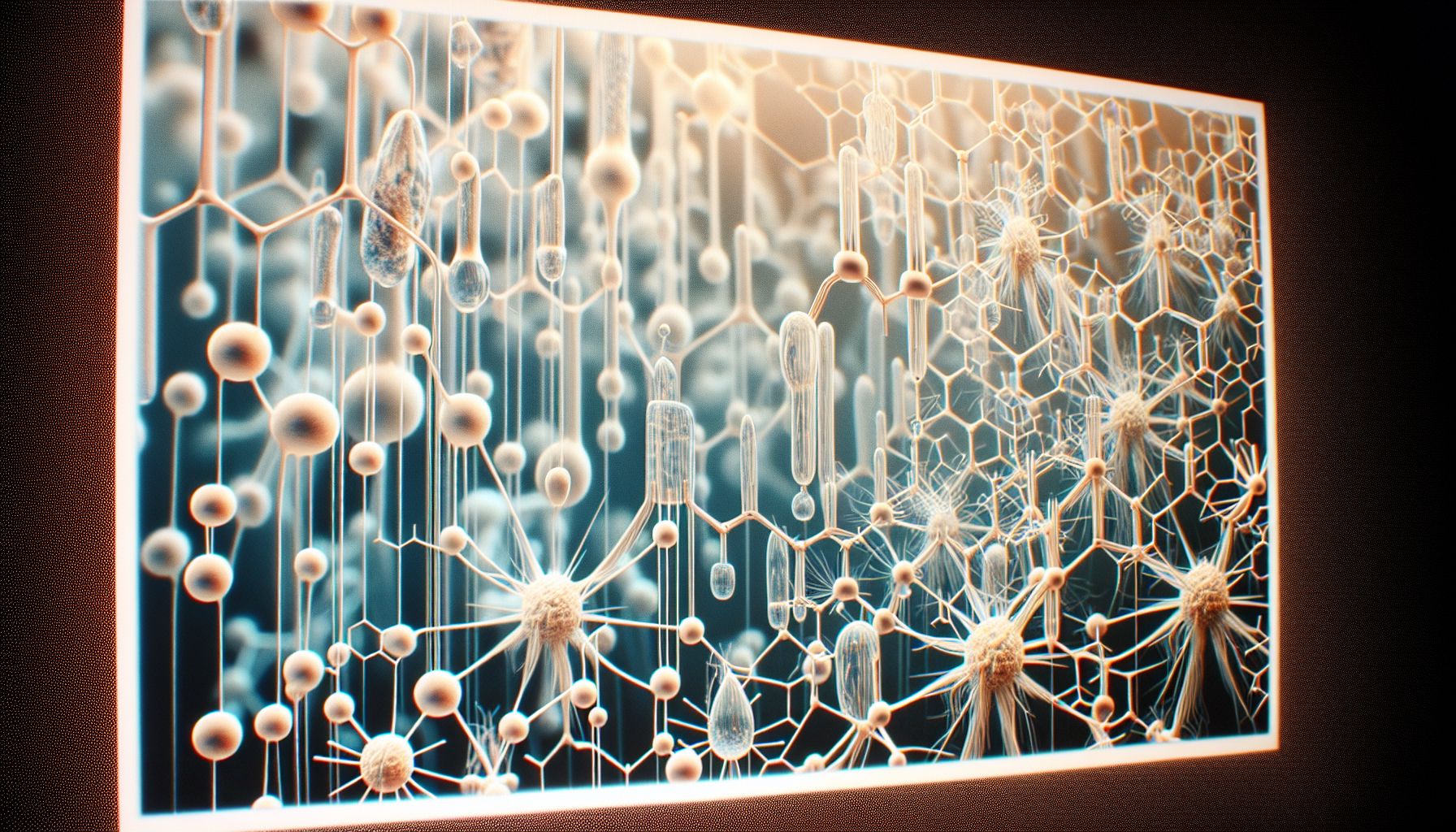Polymers are versatile compounds that play a crucial role in various industries, from medicine to automotive. As polymer researchers, it is essential to have a deep understanding of these materials and their properties to develop innovative solutions. One such type of polymer that has gained significant attention in recent years is polyurea. In this article, we will explore the world of polymers and delve into the unique characteristics of polyurea.
Introduction to Polymers
Polymers are large molecules composed of repeating subunits called monomers. These chains can vary in length and structure, leading to a wide range of properties. Polymers can be classified into different categories based on their synthesis process, such as addition polymers, condensation polymers, and natural polymers like proteins and DNA.
One of the most widely used synthetic polymers is polyurea. Polyureas are formed by the reaction of isocyanates with amines or amino-functional compounds. These polymers exhibit exceptional physical properties, including high tensile strength, flexibility, and chemical resistance. Polyureas find applications in protective coatings, adhesives, and sealants due to their durability and fast cure times.
Properties of Polyurea
Polyureas are known for their remarkable mechanical properties, making them ideal for demanding applications. These polymers have high elongation at break, which allows them to withstand deformation without cracking. Additionally, polyureas have excellent resistance to abrasion, corrosion, and chemicals, making them suitable for harsh environments.
Another key advantage of polyurea is its rapid curing time. Unlike other polymers that require extended curing periods, polyureas can cure within seconds to minutes, depending on the formulation. This quick curing process enables efficient production and application in various industries, such as construction and manufacturing.
Moreover, polyureas offer excellent adhesion to a wide range of substrates, including metals, concrete, and plastics. This adhesion strength ensures long-lasting bonding and protection for coated surfaces. Polyurea coatings are commonly used for waterproofing, corrosion prevention, and impact resistance in construction and automotive applications.
Future Perspectives in Polymer Research
As polymer researchers, it is essential to explore new avenues for advancing polymer materials and expanding their capabilities. The development of novel polymer architectures, such as block copolymers and nanocomposites, can lead to enhanced properties and performance in applications. By combining different polymers or incorporating nanoparticles, researchers can tailor the desired properties of polymers for specific uses.
Additionally, the integration of sustainable practices in polymer synthesis and processing is gaining importance in the industry. Environmentally friendly alternatives to traditional polymers, such as biodegradable polymers and recyclable materials, are being actively researched to reduce the environmental impact of polymer production and waste.
In conclusion, polymers offer a vast playground for exploration and innovation for polymer researchers. Polyureas, with their exceptional properties and versatility, represent a promising class of polymers for diverse applications. By understanding the unique characteristics of polymers like polyurea and pushing the boundaries of polymer research, researchers can unlock new possibilities for materials science and engineering.

